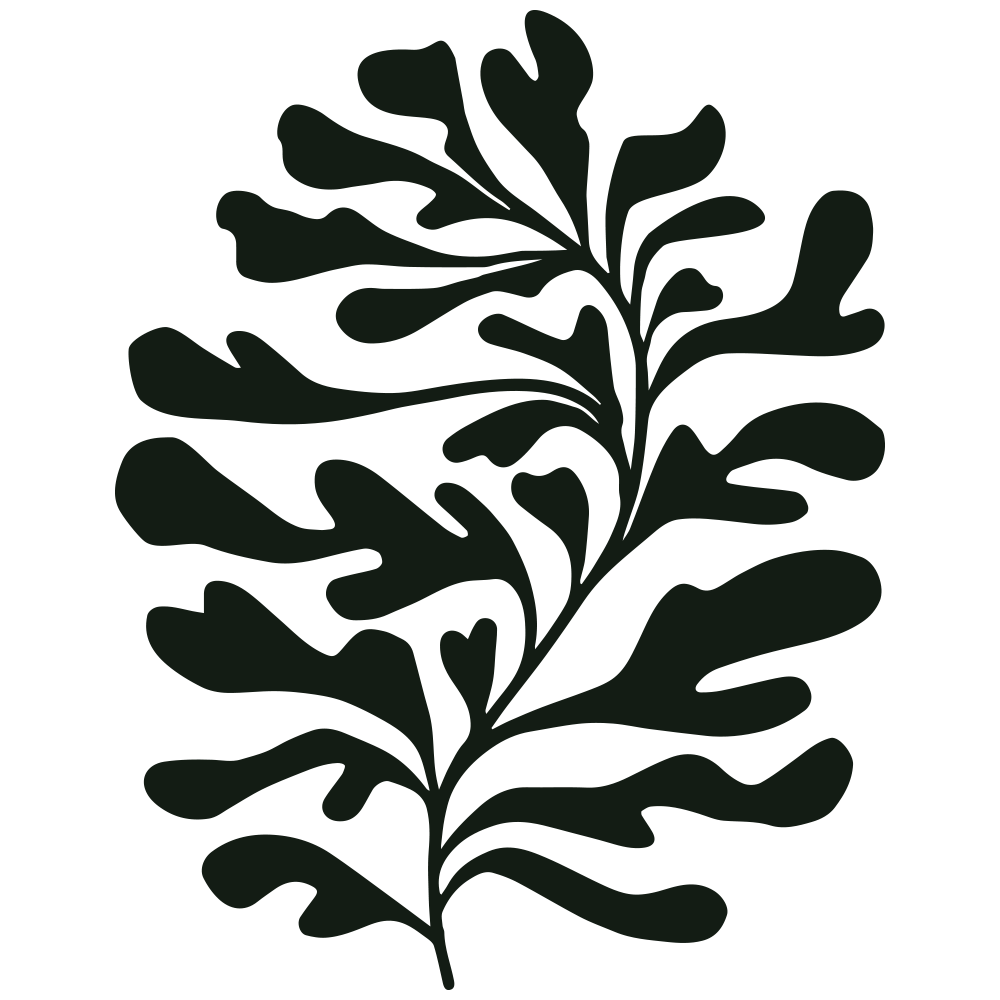Plant Profile: Ribes sanguineum
Let us introduce you to one of our favorite native plants to include in our landscape designs here in the Pacific Northwest: Ribes sanguineum, the red-flowering currant. When we’re planning a garden, especially in naturalistic or woodland settings, this deciduous shrub often makes the cut.
What's not to love? It blossoms into deep pink to reddish-purple flowers in early spring, providing a striking visual effect. These pictures are from late March, and you can see how they're bursting with color!
From a designer's perspective, its growth habit is appealing too. Standing 8-10 feet tall and 6-8 feet wide, it's bushy and upright, with lobed leaves that turn a lovely yellow in the fall. We often use it as a focal point or to add structure and height to a garden.
One of the reasons we recommend the red-flowering currant so often is its hardiness. It's adaptable to various soil types, and it doesn't require regular pruning – a plus for low-maintenance landscapes. It's great for USDA zones 6-9 (that’s us), thriving in full sun to partial shade.
And it's not just about aesthetics; this plant has practical uses, too. Its fruit can be used for jams and jellies, and its flowers attract hummingbirds and pollinators. There are several exciting cultivars available, such as 'King Edward VII' and 'White Icicle', offering different color options.
As landscape designers, we find Ribes sanguineum to be a versatile and attractive addition to many garden projects. Whether it's for visual appeal, wildlife gardening, or even culinary purposes, this plant fits beautifully in our region and helps me create gardens that delight clients.
Ribes sanguineum — Discovery Park, Seattle, WA



